Can You Really Travel To The Upside Down?
Yes, but don’t ask us how to get back.
Our Movie Mythbusters series answers the age-old question, “Okay, but could that actually happen in real life?”
“Stranger Things” may not return until October but the recent arrival of season two’s trailer has reignited old debates and brought buried conspiracy theories back to life. There’s also been renewed discussion about the show’s central, mind-bending question that remains unsolved: Could the Upside Down really exist?
To celebrate the show’s upcoming second season, we had a few enthusiasts and scientists investigate the possibility of a real upside down. Here’s what we learned.
The Facts
The Upside Down has a few unique qualities that act as important clues in assessing its true nature.
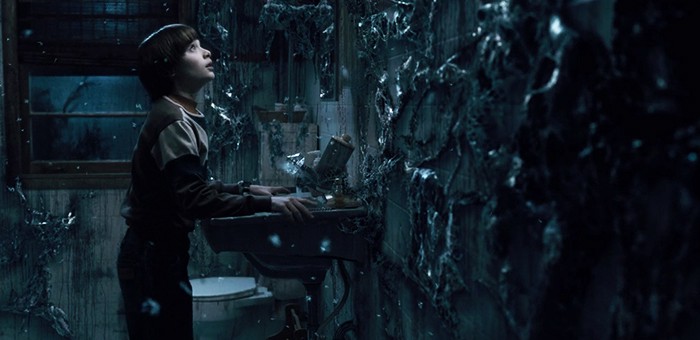
- The Upside Down is a physical space that exists as almost an exact replica of the real Hawkins, Indiana.
- Unlike the real Hawkins, the Upside Down is cold and dark, and nobody inhabits it except the monster and Will.
- There are portals (as explained by the science teacher, Mr. Clarke) that lead directly into the Upside Down from Hawkins — the one Eleven made at the lab, and the one Nancy entered through in the forest.
The Theories
Parallel Universe
This is the explanation offered in ‘Stranger Things’ when Mr. Clarke talks to the gang. He says there are other worlds out there “like our world, but infinite variations of it.” He describes a scenario in which a parallel universe is created with every choice we make, and is made up of events based off of the opposite choice; the choice we didn’t make. This parallel universe is thus reflective of the consequences of the choices we didn’t make.
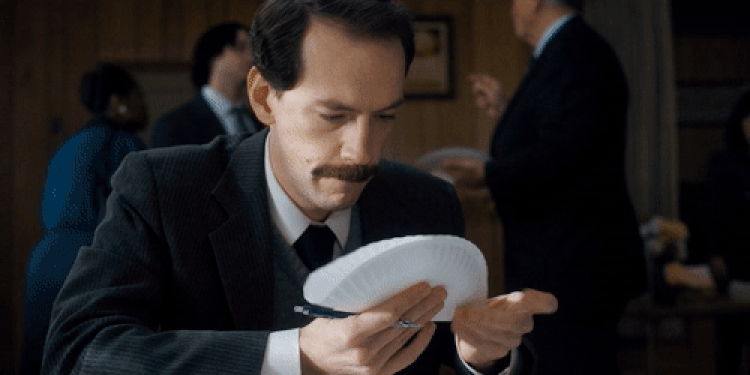
Based on this theory, the Upside Down parallel universe morphed into a world where only remnants of our known reality existed and a monster ruled the universe. Some fans theorize this could be the outcome of nuclear war which would also explain the perpetual snowfall.
Alternate Dimension
The main difference between an alternate dimension and a parallel universe is that in an alternate dimension there is a substantial shift in the physical laws of that dimension. This type of shift would cause a mutation in our actual DNA that would change the basis of how we live — like living in 2-D instead of 3-D or having the ability to develop telekinetic powers *cough*Eleven*cough*.
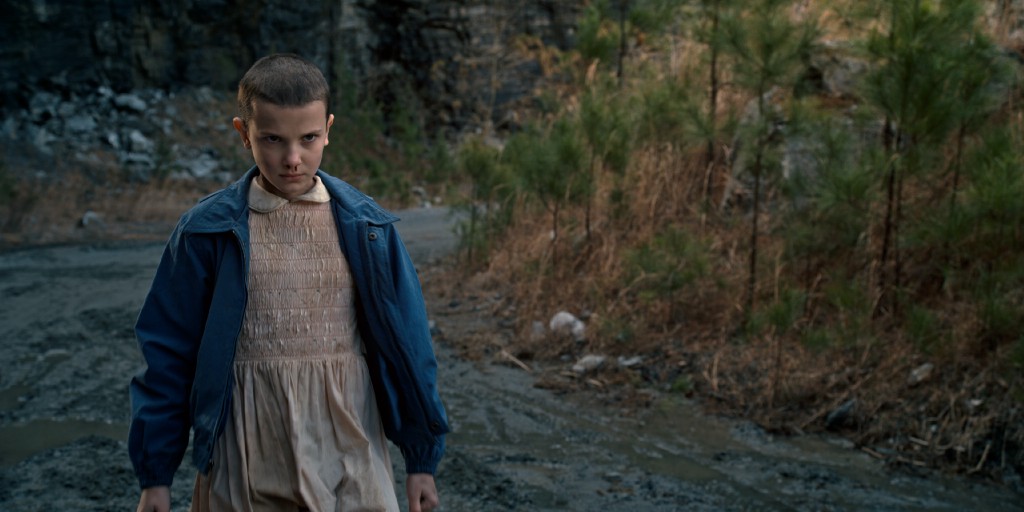
Quantum Subspace
To understand the theory of quantum subspace, imagine that far beneath our reality there is a mass of other universes floating around.
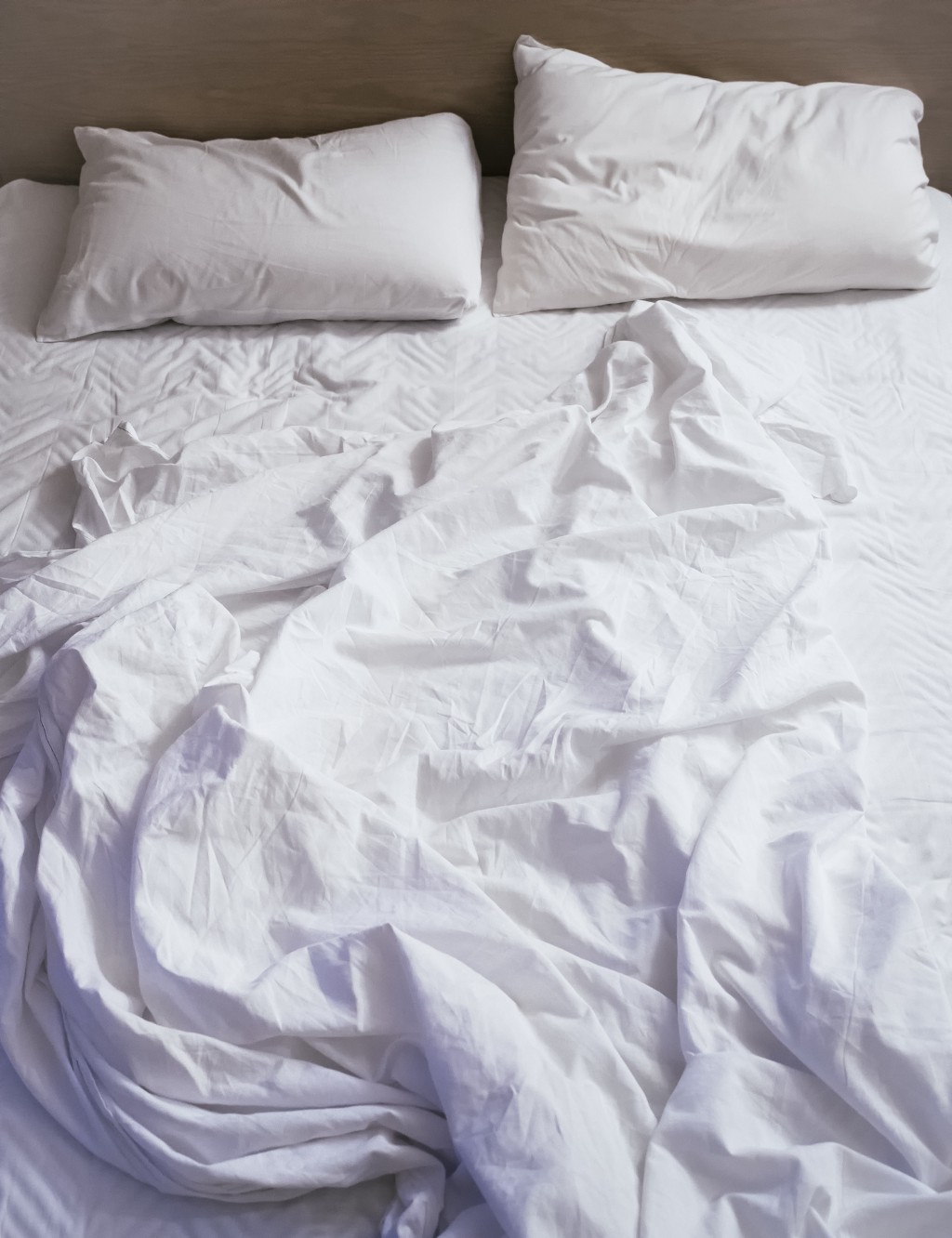
One explanation uses the helpful analogy of a bedsheet. You spread the bedsheet on a bed, but inevitably there are some bumps and ridges that, though we know are made of the sheet, seem to emerge from the space beneath it.
The theory of quantum subspace states that each ruffle in the sheet represents a separate universe with its own properties and rules. But if any two ruffles are close enough, there is potential for them to interact with each other by creating some sort of entry point. This interaction between worlds would explain how Will was able to turn on the Christmas lights in his Mom’s house.
The Crossover
But even if we believe that the Upside Down is in fact one of these options — parallel universe, alternate dimension or quantum subspace ruffle — we still need to know how someone could enter it.
The best explanation comes from theoretical physicist Paul Steinhardt. Envision the two worlds — Hawkins and the Upside Down — as the pieces of bread in a sandwich, with peanut butter and jelly spread across the middle. The PB&J represents spacetime, which is basically the rules that control the ways you can move — up and down, side to side, front and back, and in time.
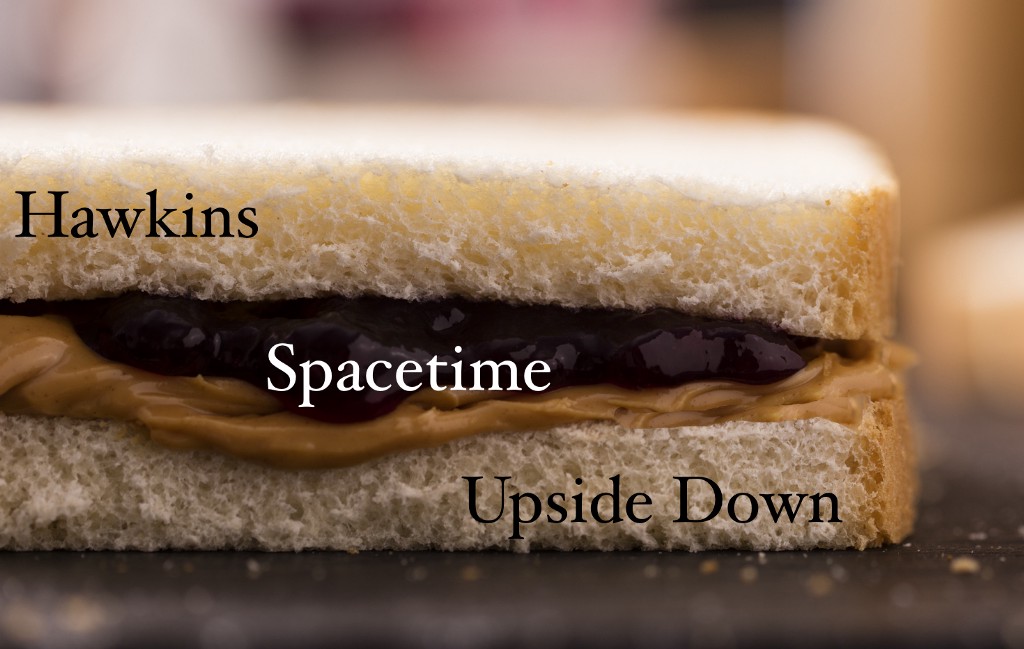
Since both worlds are influenced by Spacetime (like how the bread will eventually get soggy from the PB&J) they’re similarly linked by it, and hypothetically, someone could get from one world to the other.
Steinhardt says this could happen with a black hole or a wormhole. Both would require a huge amount of energy. (Hawkins Electrical, anyone?) The black hole method would be like pinching together the two pieces of bread with your fingers. The problem with this method is that the intense gravity needed to push the worlds together would end up killing anyone who tried to pass through. If a wormhole was created with extreme energy, it would be more like sticking a toothpick through one side of the sandwich to the other, creating a passable tunnel.
So, could it happen?
Theoretically speaking, yes. Many scientists believe there are parallel or alternate universes vaguely similar to our own, with notable changes based on either the choices we make or an alteration to the physical laws of existence.
But no one is going to give you a step by step breakdown of how to create a wormhole that takes you from Hawkins, Indiana to the Upside Down. Why? Well, maybe because no one actually knows how; or maybe, because the Upside Down is ruled by a vicious, impossible-to-control monster hellbent on killing everything in its sight.
